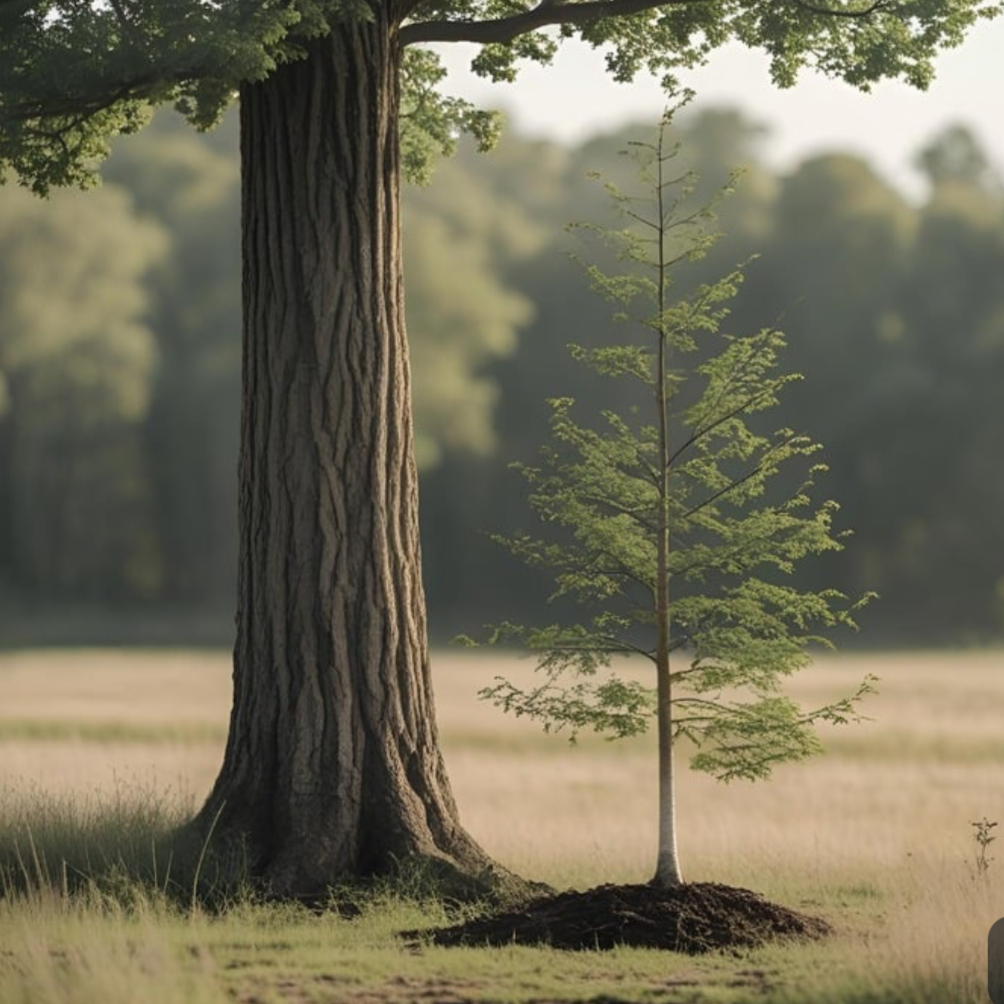Still Becoming: Why Adolescent Recovery is Different
There were two houses standing side by side in rural Pennsylvania. Same program. Same rules. Same daily schedule. One was for adults. One was for adolescents. That was the only difference.
At the time, I didn’t question it. I didn’t know I could. My loved one had just completed rehab, and this was the next step. There weren’t other options. We needed help now. So we said yes.
He didn’t do very well there.
And now, looking back, I understand why. The program wasn’t built for teenagers. These kids were being treated like smaller adults, as if all they needed were tighter boundaries and earlier bedtimes. But adolescent recovery isn’t just adult recovery scaled down. It’s something entirely different. And the more I watched, the more I realized how much was missing.
It reminded me of something I’d seen in schools. Years ago, many districts used the term “junior high.” Eventually, most shifted to “middle school.” That wasn’t just a change in language. It was a shift in understanding. Middle schools were created because early adolescence is its own developmental stage. Not a warm-up. Not a scaled-down version. Just different. And deserving of its own approach.
The same is true in recovery.
Teen recovery isn’t just about stopping dangerous behaviors. It’s about growing up. And for adolescents, growing up means navigating identity, friendship, autonomy, and uncertainty, all while their brains and bodies are still developing. It means trying on different versions of themselves. Worrying about being accepted. Learning to take a breath before reacting. Figuring out how to recover from a bad day, or a bad decision. Wondering who they are and who they want to become.
Recovery doesn’t pause any of that. It has to make space for it.
When we treat adolescents like adults, we risk missing the most important parts of their development: their relationships, their sense of self, their capacity to change. They need adults who know they’re not finished yet. Who understand they need structure, supervision, and support not because they’re failing, but because they’re still becoming.
They need parents who are still parenting. The ones who set limits, teach consequences, and offer reassurance in the middle of hard moments. They need guidance around boundaries and choices, help with sleep and screen time, reminders to eat, to rest, and to try again. They need people who see behavior as communication, and who understand that trust is built slowly, in the daily work of showing up.
They need education that doesn’t treat school like an afterthought. They need teachers who believe in their potential even when their confidence is shaky. They need ways to move their bodies, connect with others, and rediscover what brings them joy. They need routines that ground them, and flexibility that allows them to grow.
And most of all, they need time.
The kind of healing that lasts doesn’t happen all at once. It happens slowly, unevenly, in moments that don’t always look like progress. They need time to rebuild trust. Time to learn how to self-regulate. Time to grow into the people they’re becoming, not on our schedule, but on theirs.
Back then, I didn’t know any of this. I just knew what wasn’t working. But over time, I started to see what kids really need. Not because I had a roadmap, but because I kept paying attention. To my loved one. To other families. To that small, persistent voice inside me that kept asking if there might be another way.
These are not just smaller adults. They are adolescents. Raw, radiant, unfinished. And they need something real. Something built with them in mind. Something strong enough to hold their pain and spacious enough to hold their growth.
And when we offer that, when we let go of what was never quite right and begin to shape what might be, we give them more than a chance at recovery.
We give them a chance at becoming.
